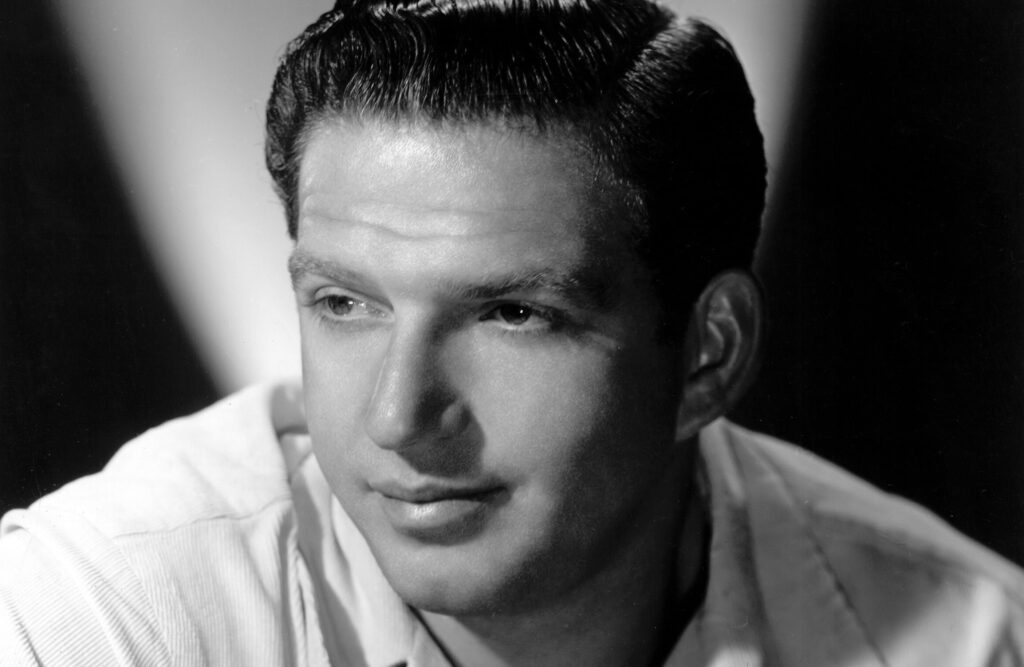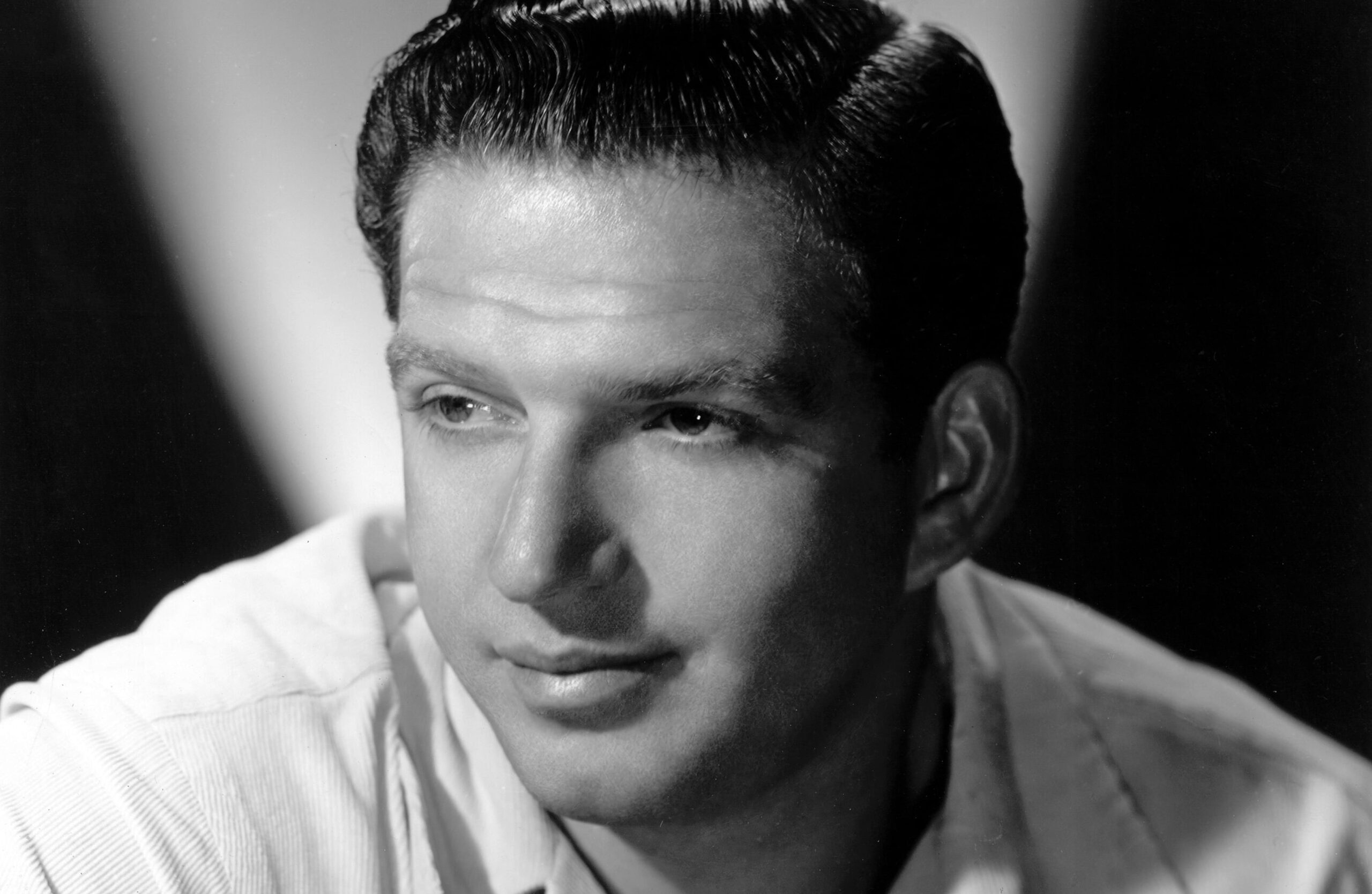Sidney Sheldon Grayed My Brain: A Reflective Essay on his Novels – My father was actively involved in raising me and passively involved in inculcating in me a habit of reading while taking a dump. A multi-tasking, ‘starts the day with a to-do list stained by his chai’ kind of a person, he enjoys making time work for him. Naturally, since time immemorial, our master bathrooms have had a shelf designated solely for books by the pot because “time must always be juiced.”
Since there were no phones to pass time on the pot in the early 2000s, I got into the habit of reading whatever was within reach of my tiny, stretched-out hands whilst taking a dump. Bored of flipping the same Johnson’s Baby Shampoo bottle for the umpteenth time to read its Nutritional Contents, I began stretching out to Baba’s Bathroom Bookshelf in the summer of 2009.
Mostly lined with thin and glossy Readers’ Digest subscription magazines, Baba’s Bathroom Bookshelf would occasionally squeeze in a tattered, second-hand copy authored either by James Hadley Chase or Sidney Sheldon. I remember picking up Sidney Sheldon’s The Sky is Falling when I was around 11 and being particularly piqued by the author’s description of each character. In retrospect, perhaps the books were too mature for my age (11-13 years) since Sheldon’s writing is synonymous with themes of abuse, violence, and crime – but I, personally, was drawn to the other facets of his writings that shifted the focus from the What’s of the atrocities to the Why’s. However, it should be essential to note that a good number of my friends could not get past the gory details of dismembered body parts paired with graphic descriptions of sexual abuse generously sprinkled across every Sidney Sheldon book.

Easy to read for those not fazed by gore and the dark experiences of being human, Sheldon’s work treads the genre between Psychological Thriller and Truths about the Hidden Dangers of the World. The pieces he circumscribed between a particular historical event talk of the characters’ turmoil – psychologically and financially. And these two facets of human life are seen recurring in almost all of his works. Riches to rags and rags to riches but with seductive tones of lust, injustice, and a lot of blood. Sheldon wrote to intrigue, and that’s what he did.
My first introduction to (what I later learned as) ‘consciousness’ came from Sheldon’s description of his characters, who functioned via a neat balance of their ids (desires) and superegos (consciences). I may or may not have tried mapping Sigmund Freud’s family tree to trace Sidney Sheldon’s lineage for one of my Psychology theses.
Sheldon’s in-depth attention to layering the people in his books, who were allowed to be doting fathers but not-so-great husbands and successful businessmen – all at once aids the reader in perceiving the dynamics of personhood we often overlook. Stretched for over 1/3rds of the length of his books, Sheldon’s analytical portrayal of past traumatic experiences which culminate into the present mind and body of any character he introduces, not only helps in empathizing with the character but also for the reader to know that no person is absolute. At that age, even though I didn’t at all understand that this is how personhood works all around the world, I did develop a space for where this understanding would sit in the years to come.
In the margin between circumstance and choice, people darken. Especially those embellished by glamor, success, and the likes of stardom. It would be fair to say that with each reading of Sheldon’s books, the binaries I held in my brain for ‘good’ and ‘evil’ began graying. While reading The Naked Face, wherein the protagonist is a psychiatrist, for the first time in my life, committing a crime didn’t equate to death by hanging (as was taught to me by the infamous Indian show – C.I.D.) Committing a crime, followed by repentance or preceded by a diagnosed mental illness, was written off as an error that could be corrected. This turn of events suddenly replaced my notion of criminals as ‘objectively bad’ to ‘subjectively mistaken,’ and I feel like being able to make that distinction should be an essential milestone in every person’s mental growth.
My intrigue towards the shades of gray in which Sheldon’s characters reside grew while reading Tell Me Your Dreams (which also happens to be my favorite Sidney Sheldon book) when my fascination towards the complexity of trauma-processing set foot with the protagonist’s experience of Dissociative Identity Disorder. While studying Theatre during my college days, I was taught that for a character on stage to be believable; they have to ‘live their truth’ – meaning, every person’s core personality traits are developed because of an event in their backstory, and it must show in relevance to the on-going story. The interplay of Sheldon’s characters in Tell Me Your Dreams stands out to me for the intricate yet suspenseful manner in which the leading ladies are painted – in a manner so distinct, yet they manage to share a common vulnerability. All the events in the ladies’ lives add up to the intensely emotive climax of the story. And I mean all. To a lover of subtlety and symbolism coupled with his classic tightly-timed twists, this book is easily one of Sheldon’s best novels.
On his own admission, Sidney Sheldon takes interesting characters and places them in dangerous situations – characters who are almost always women, but experiments with the situation – like Nothing Lasts Forever slits the world of Medicine open, exposing the underbelly of neatly sewed corrupt secrets lining every hospital’s hallway. I would recommend Sidney Sheldon to every individual entering any star-studded or seemingly ‘safe’ profession. Life surprises us in the most gut-wrenching of ways but reading about these thrilling life/death situations that every starkly different character, working any day-to-day profession in a typical Sheldon book, undergoes – will surely prepare the reader for the worst.
A major distinction that kept me engaged with Sheldon’s writing style, absent in his successor (Tilly Bagshawe) ‘s works, was Sheldon’s idea of a ‘thriller’. I find the feeling of being unsafe to be truly thrilling and horror-some. I could feel the horror Sheldon’s women (and, at times, men) feel when they think they are being followed. I could relate to their raw, traumatic experiences as women who do not seek or actively do anything apart from living life as women. Being a cisgender, heterosexual man, Sheldon manages to capture the experience of being a woman pretty aptly.
It has been over four years since I last read a Sidney Sheldon book, as the recent takeover by Tilly Bagshawe over Sheldon’s novels past Sheldon’s death did not strike my fancy. If I had to reread a Sidney Sheldon book, at this age, I would enjoy myself like my father enjoys re-watching Tom Hanks‘ The Terminal every time it is on T.V. Just as timeless and intriguing for, the themes are centered around basic human instinct. Perhaps I won’t be as curious as I was back then about the psyche of most characters, as later on in life, I took up Psychology as one of my majors to quench this thirst. And, I am about 89% sure that had I not reached out to that copy of Sidney Sheldon’s on the pot that odd day or any other day post that one, I would not have developed a keen nosy nose, curious to sniff past people’s presents.
Also, Read
Ray Bradbury’s Fahrenheit 451: A True Dystopian Horror for Book Lovers
How Feminist Retellings Are Quickly Shaping Our Understanding Of Myths
Understanding How Form Is Content In ‘Waiting For Godot’

